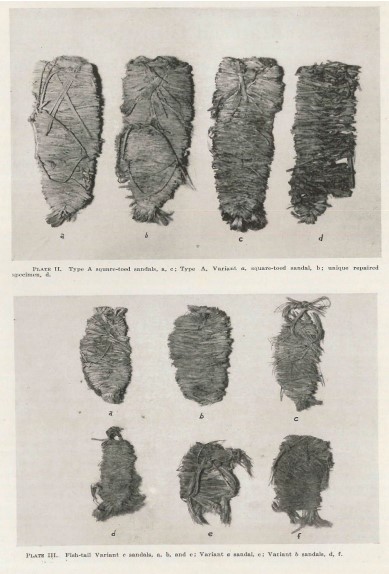Hermit’s Cave

Perched high on a slope within the Guadalupe Mountains sits Hermit’s Cave. Throughout prehistory, three groups of ancestral peoples called Hermit’s Cave home. The most recent group of ancestors arrived sometime between 1050-1550 A.D., but it is hard to say when earlier groups may have come and gone. Although we don’t know how long each of these families stayed at Hermit’s Cave, we do know that the site is not far from a reliable water source, abundant plants, and regular animal visitors. Its location and the protection that it offers would have been irresistible to traveling groups searching for refuge.
Who’s in the Neighborhood?
Each of the three groups who made Hermit’s Cave home left behind pieces of their lives. The first two groups built fires and stored their food in storage pits. They hunted, gathered, and processed their foods in and around the cave. Although we don’t know how long they stayed, the protection of the cave and the reliable food sources probably encouraged them to stay for several months. The third and final family to inhabit the cave built a large habitation pit and likely lived in the cave for a long time.
Although these three groups were separated by time, they left behind some similar artifacts and were probably culturally related. Perhaps these three families represent a lineage whose ancestors knew the location of a cozy cave, and continued to visit the site throughout many generations. Maybe these groups were not related, but all happened upon the cave and decided to settle here for some time.
What’s for Dinner?
Located less than a mile from Hermit’s Cave is a spring that provides a reliable source of fresh water to the area. Plants growing near the spring and animals who traveled to drink the water became reliable food sources for the ancestors staying here. Residents used stone and wooden tools to hunt nearby animals and to butcher their meat. They also used groundstone tools, like manos and metates, to grind plants and seeds. Today, plants like mescal, sotol, yucca, lecheguilla, and sacahuiste grow around Hermit’s Cave. Roasting and cooking these plants was an important part of their daily meals.
From the fresh spring water to the plants and animals drawn to it, families staying here enjoyed a broad diet.
Tools of the Trade
Ancient peoples at Hermit’s Cave left behind pottery and stone tools, artifacts that are common at many prehistoric sites. However, the dry cave ecosystem at this site also preserved what archaeologists term perishable artifacts. Ancestors to this site were generous in the perishable pieces that they left behind. They most frequently left objects woven with yucca, like sandals, baskets, and rope, as well as wooden tools like grooved clubs and digging sticks.
Groups who lived here throughout each occupation period wore woven sandals, and discarded them after they had worn down. In fact, nomads at this site left 99 sandals (that’s nearly 50 pairs of shoes!) in the cave. Over the years, the style of the sandals changed, just like our fashions change today. However, the technology and weaving technique stayed the same. Image 1 shows how ancestors at Hermit’s Cave changed the style of their woven sandals over time.
Living on the Land
Cave sites nestled in mountainous regions are ideal places to monitor the world around you. Typically perched high on cliff edges, it is easy to see without being seen. When fighting enemies or hunting animals, caves can be the perfect refuge. Hermit’s Cave is unique in that the curve of the canyon that it rests in cuts off viewpoints looking in either direction. It is, however, placed high up on the talus, creating an opportunistic place to hide. Perhaps the ancestors who lived here chose it for the safety that it provided.
Unlike other cave sites in the area, residents of Hermit’s Cave didn’t use the space to record rock art. It is possible that because Hermit’s Cave was used as a home, they chose a different place for their ritual and/or storytelling activities. To see caves and rocky overhangs that feature rock art, click here.
